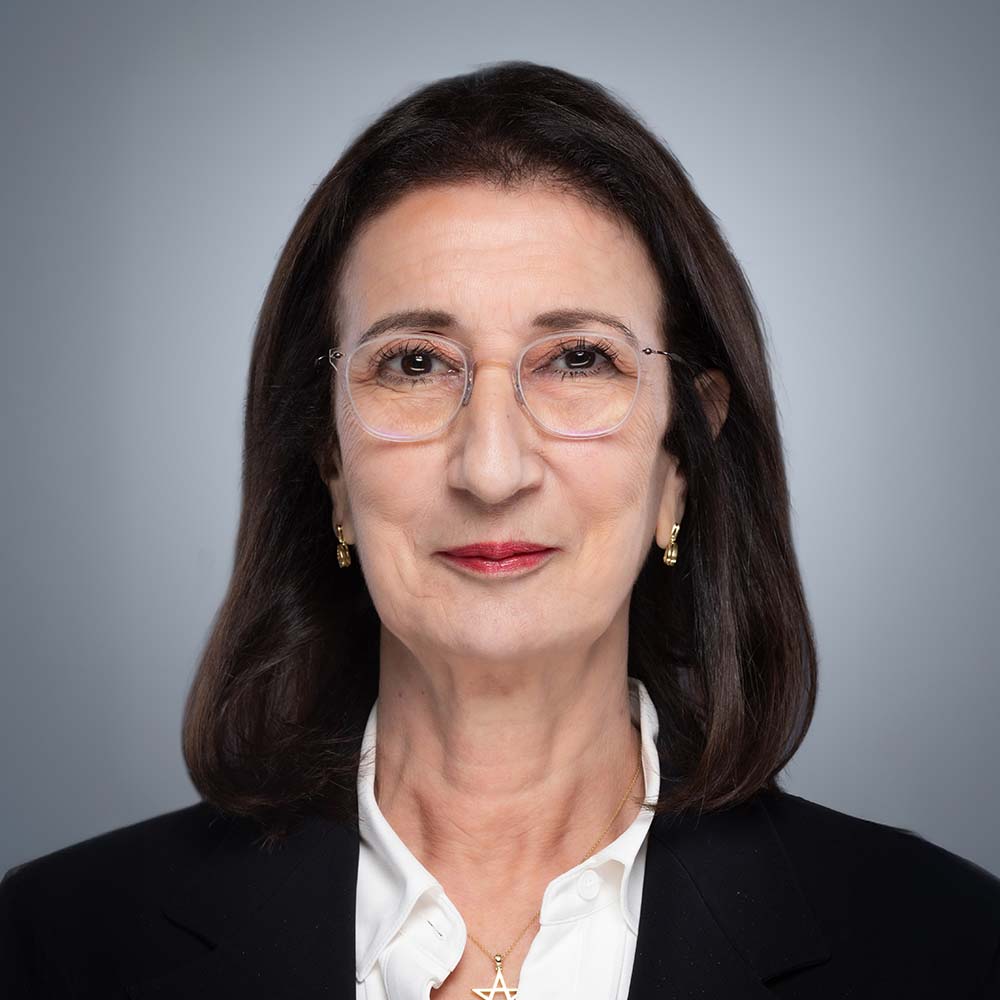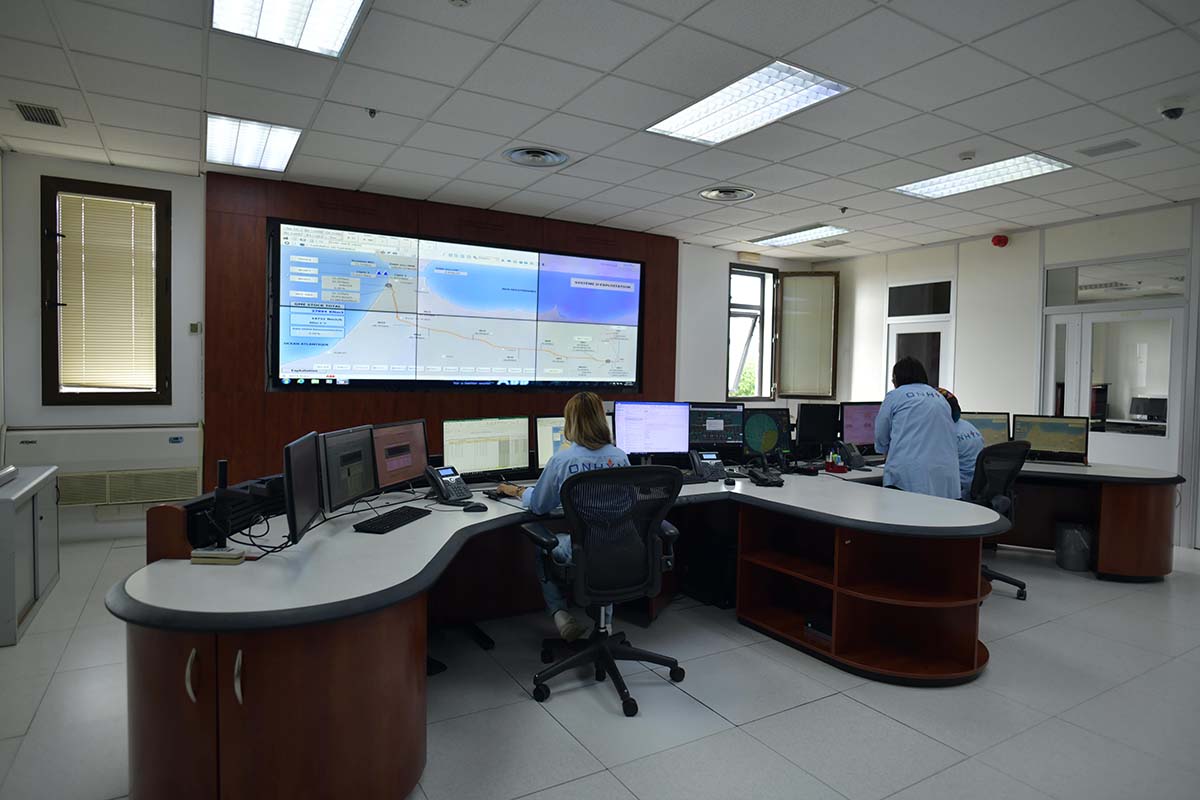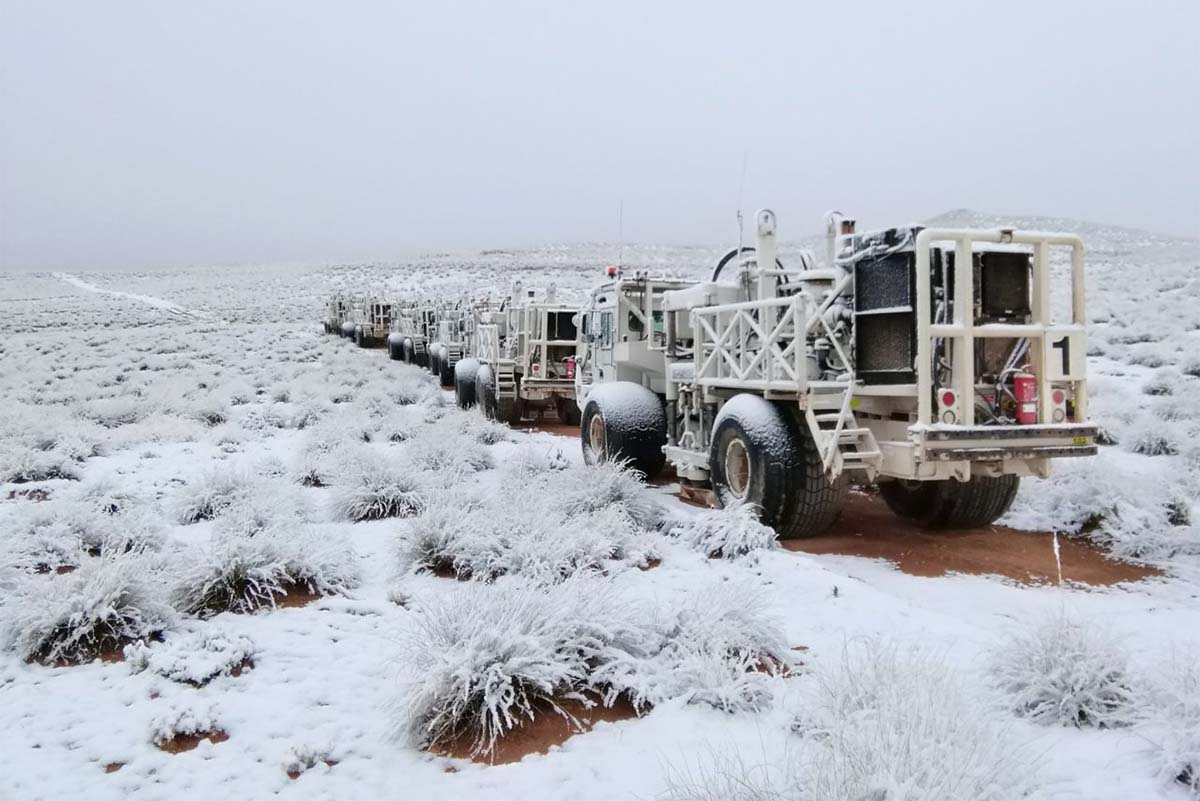Minister Amina Benkhadra, general director of The National Office of Hydrocarbons and Mines (ONHYM), shares her insights on how 2026 will convert plans into projects and projects into reliable routes. Several initiatives are set to advance Morocco’s role as a stable energy bridge between Africa and Europe.
Bridges: Which projects will reach key milestones in 2026, and how will they open reliable new energy routes?
Benkhadra: 2026 will be a decisive year for several of ONHYM’s strategic projects that aim to strengthen Morocco’s energy security and position the Kingdom as a reliable energy hub between Africa and Europe.
First, the African Atlantic Gas Pipeline (AAGP) is entering a new operational phase. Following the completion of the detailed engineering (FEED) and Environmental and Social Impact Assessment (ESIA) studies for both offshore and onshore segments, 2026 will mark the final investment decision (FID) for the Southern Segment and the launch of preparatory works for key onshore infrastructures. This will effectively open a new, reliable, and large-scale gas corridor linking West Africa to Morocco and Europe, contributing to the continent’s energy integration and resilience.
In parallel, Morocco’s domestic gas infrastructure, including new interconnection pipelines and LNG reception facilities, will reach advanced development stages. These projects will strengthen gas supply security for power generation and industry while creating synergies with renewable energy and green hydrogen developments.
Furthermore, exploration and appraisal drilling planned for 2026 in the offshore Atlantic margin, notably in the Tarfaya, Boujdour, and Anchois areas, will be key milestones that could unlock new gas resources. These discoveries, coupled with existing production in the Gharb, Tendrara and Essaouira basins, will feed into a more diversified and sustainable energy mix, reinforcing Morocco’s role as a stable energy bridge between Africa and Europe.
How can Japanese companies take part, whether by investing, bringing technology, or signing offtake, to use Morocco as a reliable energy route?
Japanese companies have a unique opportunity to play a meaningful role in Morocco’s energy transformation. As the Kingdom accelerates its transition toward cleaner energy and regional integration, there is strong potential for strategic partnerships with Japan — both in conventional gas infrastructure and in new low-carbon technologies.
First, Japanese investors and trading houses can participate in the financing and construction of the AAGP and associated infrastructures, through equity participation, project finance, or joint ventures in EPC and O&M activities. Japan’s experience in large-scale infrastructure delivery, combined with its interest in securing long-term, reliable energy routes, makes Morocco an ideal partner.
ONHYM provides an open, transparent, and investor-friendly framework that facilitates rapid project evaluation and investment decision-making.
Minister Amina Benkhadra, General Director of The National Office of Hydrocarbons and Mines (ONHYM)
Second, Japanese technology providers can contribute to advanced gas processing, LNG handling, and hydrogen production — fields where Japan has world-class expertise. ONHYM also welcomes partnerships in CCUS, geothermal, and critical minerals, which are areas of growing synergy between Japan’s innovation ecosystem and Morocco’s resource potential.
Third, Japanese companies can also become offtakers of future green energy — be it hydrogen, ammonia, or low-carbon electricity — produced in Morocco and exported through the AAGP and Atlantic corridor. This would not only diversify Japan’s supply sources but also anchor a long-term industrial cooperation model aligned with global decarbonization goals.
What access, data, and terms is ONHYM offering to help partners review opportunities quickly and move projects to investment?
ONHYM provides an open, transparent, and investor-friendly framework that facilitates rapid project evaluation and investment decision-making. All potential partners have free access to ONHYM’s extensive geological and geophysical database, including over 246,000 km of 2D seismic, 70,000 km² of 3D seismic, well data, and detailed basin studies.
Interested companies can request tailored data rooms, organized in person at ONHYM headquarters or remotely via secured digital access. These sessions include basin presentations, geological cross-sections, and expert guidance from ONHYM’s technical teams to accelerate due diligence and technical assessment.
Legally, Morocco offers a favorable contractual framework, based on petroleum agreements and association contracts that provide clear fiscal stability, cost recovery, and profit-sharing mechanisms. The model guarantees operators a competitive environment and a simplified approval process for exploration, appraisal, and development phases.
Finally, ONHYM remains a proactive institutional partner, ensuring constant dialogue with investors, supporting the permitting process, and connecting them with relevant Moroccan institutions and local stakeholders. This approach allows partners to move seamlessly from data access to investment, in a transparent, efficient, and mutually beneficial manner.
+212 5 37 23 98 98
www.onhym.com
ONHYM – National Office of Hydrocarbons and Mines






